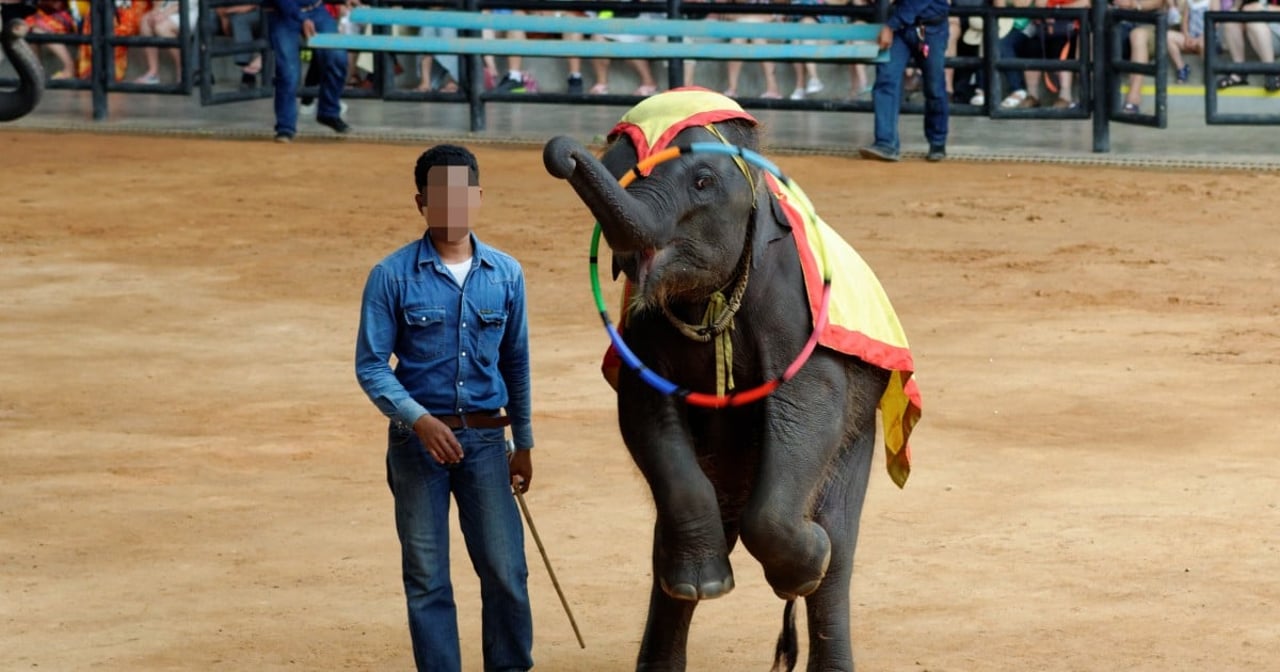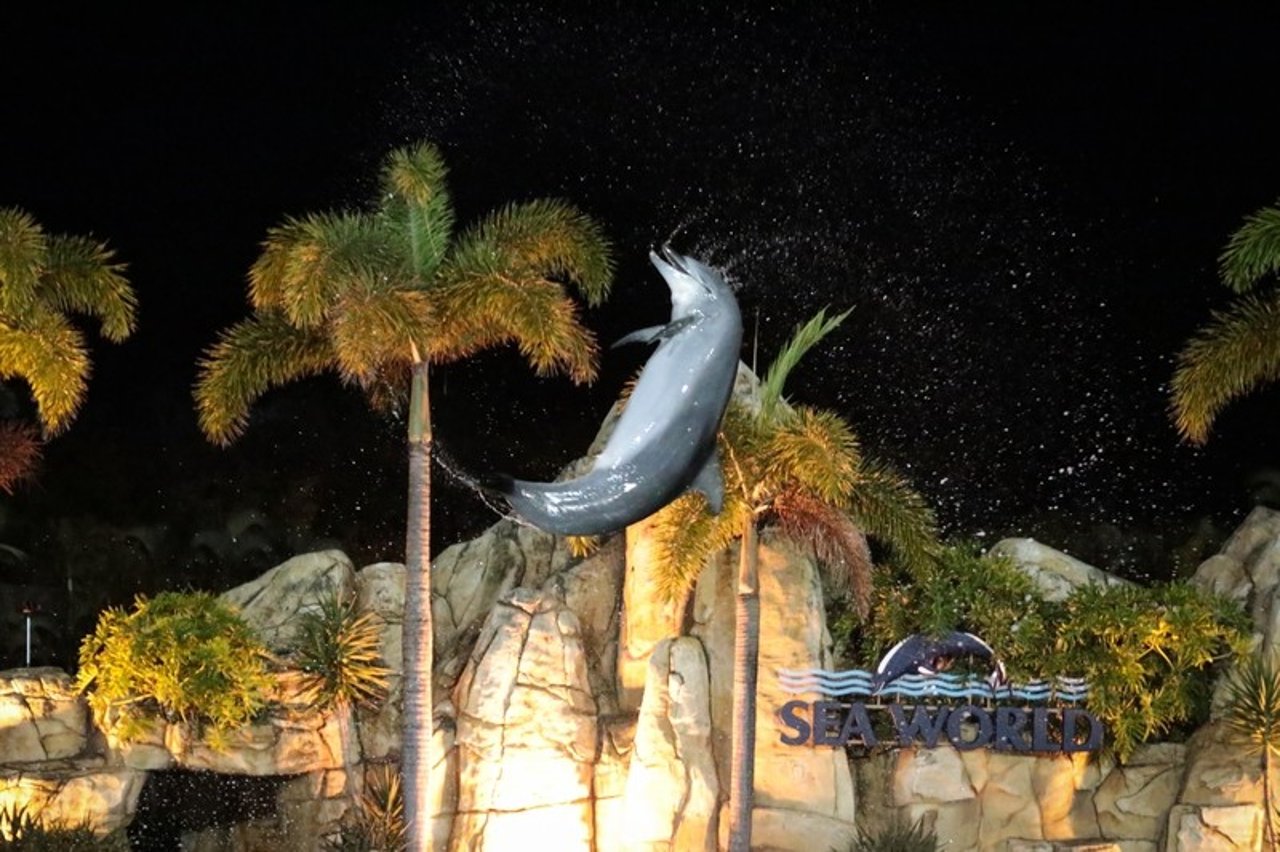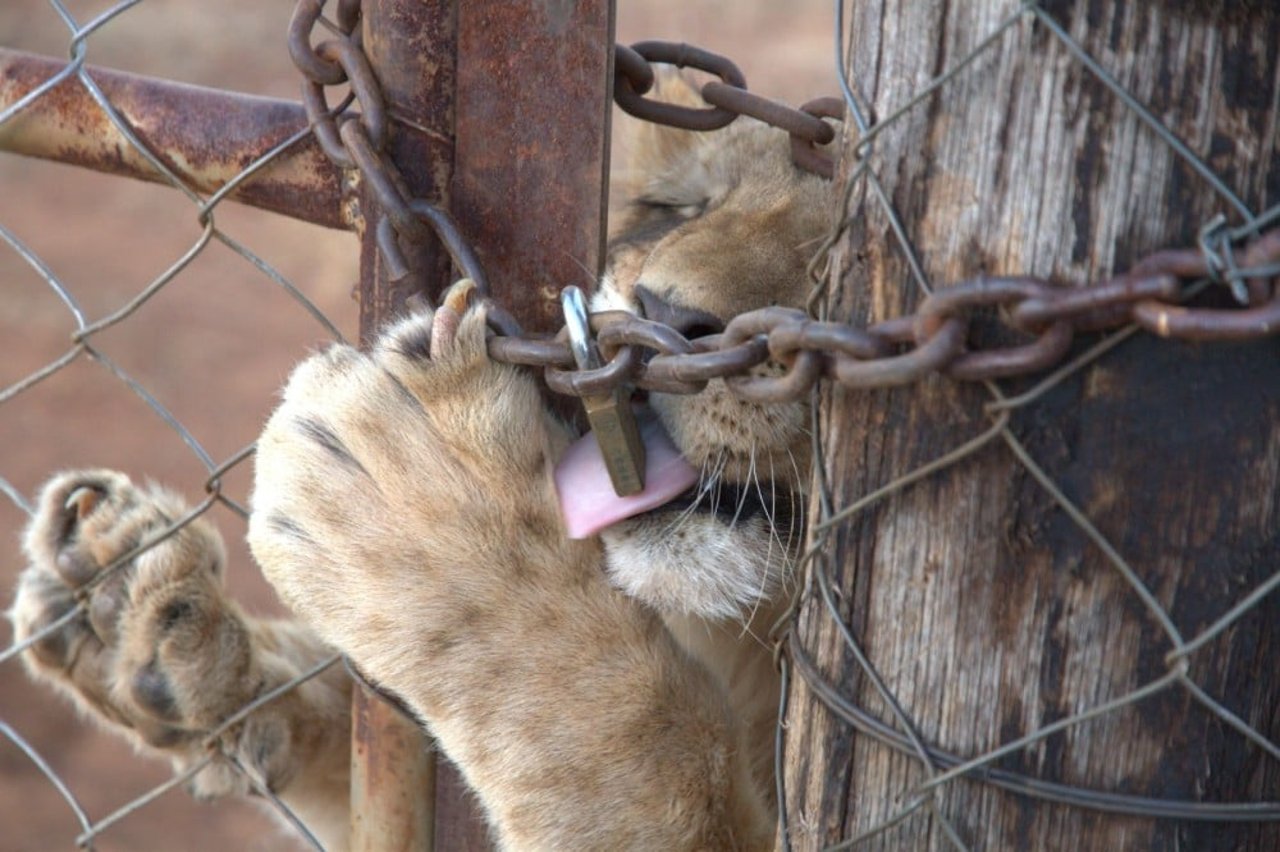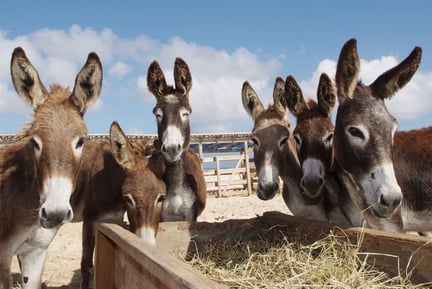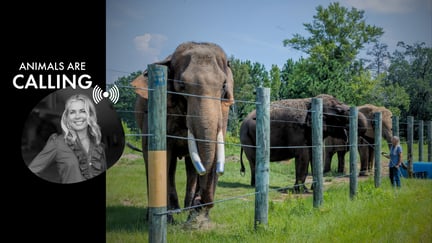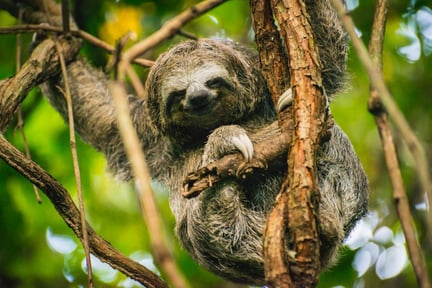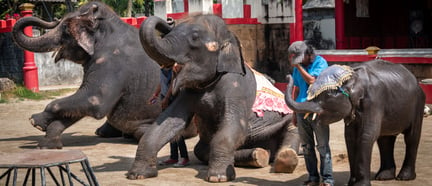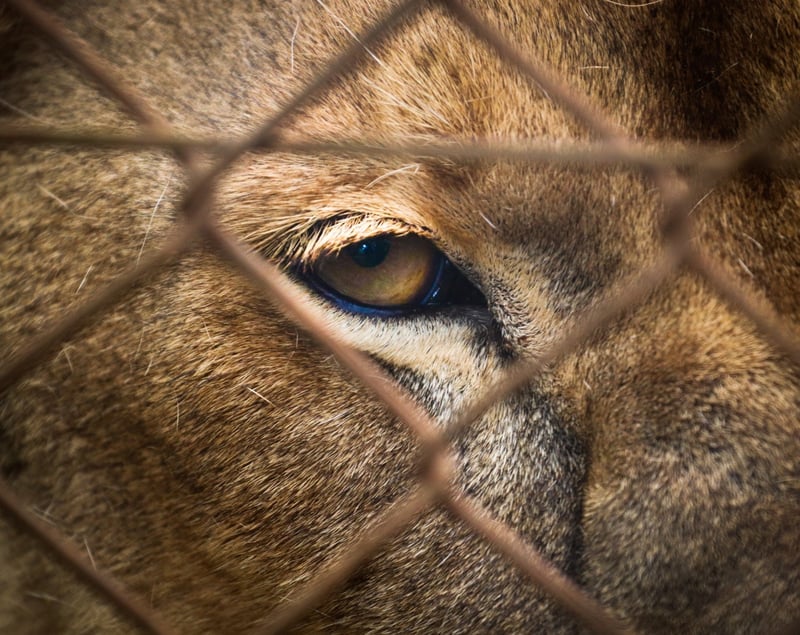
Breakthrough research and studies of animals' emotions and feelings (animal sentience science) has developed our understanding of how wild animals can suffer in captivity and underscored why the life of a wild animal is mentally and physically better in the wild.
Understanding animal feelings and animal sentience
Animals are sentient beings capable of experiencing feelings and sensations. Tigers, pigs, dolphins, birds, and elephants — they all experience pleasure and pain. Every animal can feel happy and joyful or hurt and distressed. And when it comes to encountering these animals, humans should do everything in their power to reduce their suffering.
Unfortunately, many of the “wildlife experiences” that tourists have access to today fail in this regard. Around the world, we see situations where wild animals are kept in conditions that cause them physical, mental, and emotional harm.
The below facts about animal feelings, and the travel sector’s impact on them, might be shocking, but they are essential insights for all responsible travellers.
Opt in to regular emails to join our community and take action to end the suffering of all sentient, intelligent animals
Why animals’ feelings and experiences matter
1. Performing elephants can develop PTSD
When elephants are forced to perform in entertainment venues, they are made to perform behaviours and actions that they would never display in the wild. These include bowing to an audience, balancing on their hind legs and carrying trainers or audience members on their backs.
‘Training’ an elephant to perform these actions typically involves cruel and painful methods, many of which leave the animal traumatised. As highlighted in our Taken for a ride report, this can even lead elephants to show signs of post-traumatic stress disorder.
Elephants have complex needs and navigate their physical and social worlds by learning from their herdmates. Yet, in captive environments, their often solitary lives are spent entertaining, so they cannot form these essential relationships.
An elephant performing at a Thai resort attraction
2. Dolphins experience distress during entertainment experiences
The brain physiology of cetaceans suggest high levels of intelligence, sophisticated thought and cognition, bottlenose dolphins have even been taught simple sign language. Tragically, the venues captilising most from dolphins' intelligence are neglecting their emotional welfare.
If you are asking someone to define a dolphin, they will probably describe them as a playful and sociable animal. That's why it is no surprise that our research, Behind the smile shows that half of the travellers visiting dolphin venues are motivated by a love for dolphins.
The bleak reality for captive dolphins is that these tricks are harmful and distressing. When a dolphin slides out of the water onto land for tourists to take selfies with or touch them, they are “beaching” themselves. In the wild, beaching can be fatal, so mimicking this situation can be physically and mentally stressful.
3. Wildlife shows can be dangerously loud for performing animals
Sticking with dolphins for a moment, many dolphin experience venues play loud music to improve the experience for visitors. For humans, volumes above 85 dB are considered harmful. These shows had an average volume of 94 dB.
Some venues went even further, reaching 110 dB. This is the same as we would expect to find at a rock concert. While audiences only experience 15-30 minutes of this volume, the dolphins will hear music at this volume for extended periods, day after day.
In the wild, noises at this level wouldn’t damage dolphins. They could simply dive deeper to avoid their distress. In captive entertainment venues, there are no deep areas for the animals to retreat to, to feel safe and comfortable. They are also kept at the surface throughout most of their shows.
A captive dolphin performing at Sea World Spooky Nights, described as 'a spooktacular night out for the whole family with the park transformed through colour, sights, sounds'
4. Captive big cats feel fear, stress and anxiety – and this only gets worse as more tourists are present
It’s a truly special thing to encounter big cats and their young, and tourists’ appetite for big cat encounters has led to many animals being captured and born into captivity.
A similar study concluded that the more tourists wild tigers are surrounded by, the higher their levels of stress hormones.
Pippa Hankinson / Blood Lions. Lion cub used to provide tourists with holding, stroking bottle feeding and walking experiences.
5. Wild animals can hide their feelings
As humans, we’re able to filter or control our emotions as needed; we try not to cry at our boss or seem stressed around our children. We’re less used to the idea that animals might do the same, especially wild animals.
Some black bears appear unfazed by the presence of traffic, drones, and other signs of humans being present in their environment. This was assumed to indicate that they were unaffected or unconcerned.
However, further research has found that these signs of human activity result in the bears’ heart rates increasing — a strong sign that they are stressed or anxious. Humans may not always recognise the behavioural signs of this discomfort, but that doesn’t mean that their feelings don’t exist.
As sentient beings, animals need our protection
Animals can experience a wide range of different sensations and emotions. Forcing them to experience pain, distress, and anxiety for our entertainment is morally wrong.
By improving your understanding of animals’ emotions, you can help to advocate for their welfare.
Most tourists attending these entertainment venues or watching these animal shows would be horrified to realise the harm these animals are suffering. Awareness is improving rapidly, and it won’t be long before the travel companies selling tickets to cruel attractions are forced to change their practices.
Read more
-
Ending the Annual Whale Hunt in the Faroe Islands
Learn about Grindadrap, the annual Faroe Islands whale hunt. Discover which whales are targeted, why hunting persists, and...
-
9 Interesting Donkey Facts You Should Know
Learn these facts about donkeys that will make you know and defend them more.
-
Keep Wildlife In The Wild
In this Q&A, we discuss the suffering of sentient wild animals when they are kept in captivity for...
-
Koala Hugging Ban: Step Forward in Ethical Tourism
Following the decision to end koala hugging at an Australian tourist attraction, our Global CEO, Tricia Croasdell, explores...
Related content
Animal Sentience
At World Animal Protection sentience is at the heart of everything we do, click to find out more.
Protecting wildlife in travel & tourism
Wildlife
Would a real responsible traveller have captive wildlife entertainment on their wish list?
Elephant friendly tourist guide
Travel & tourism
Find out how to be an elephant friendly tourist and discover venues worldwide adhering to the highest standards of truly ethical animal welfare.
